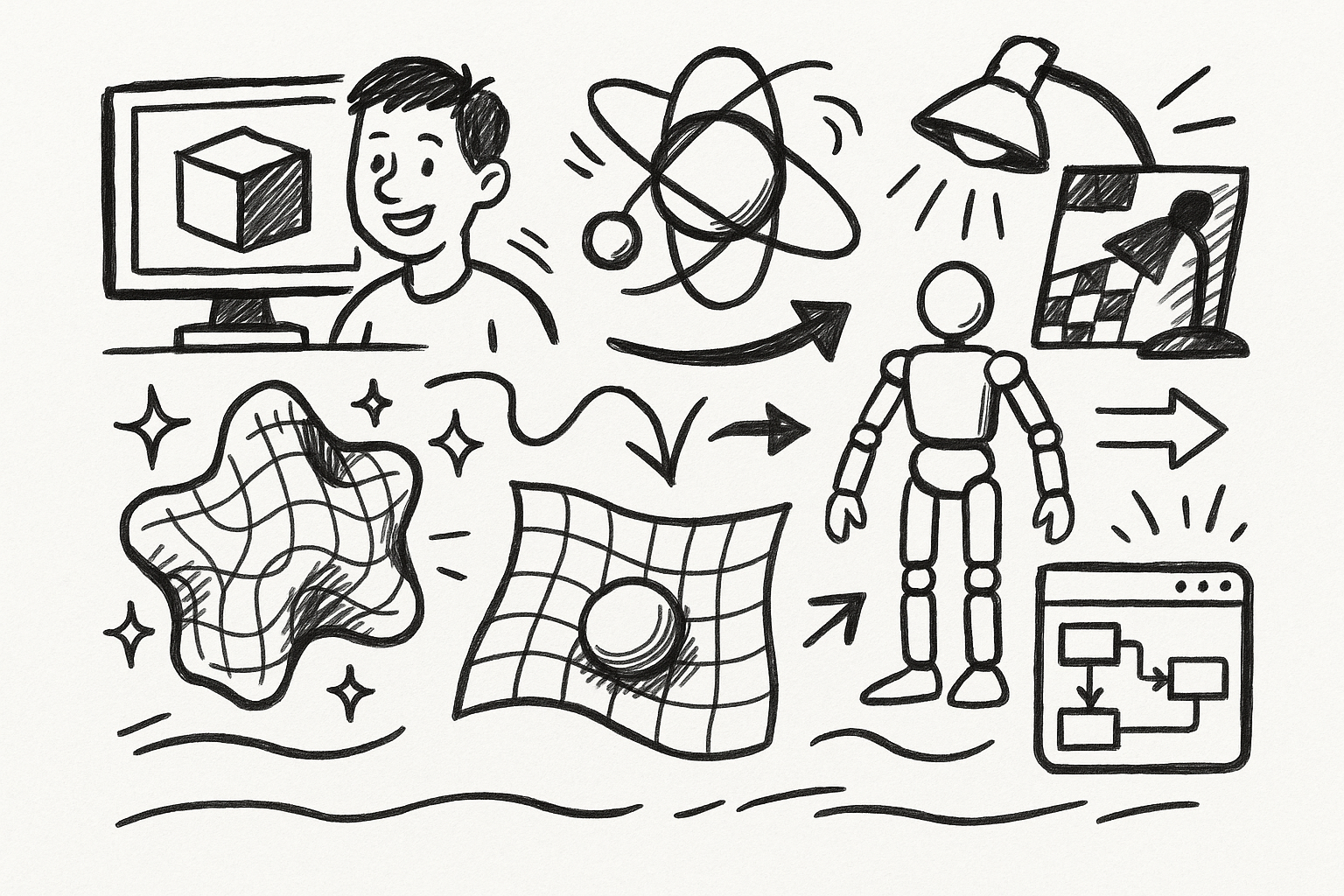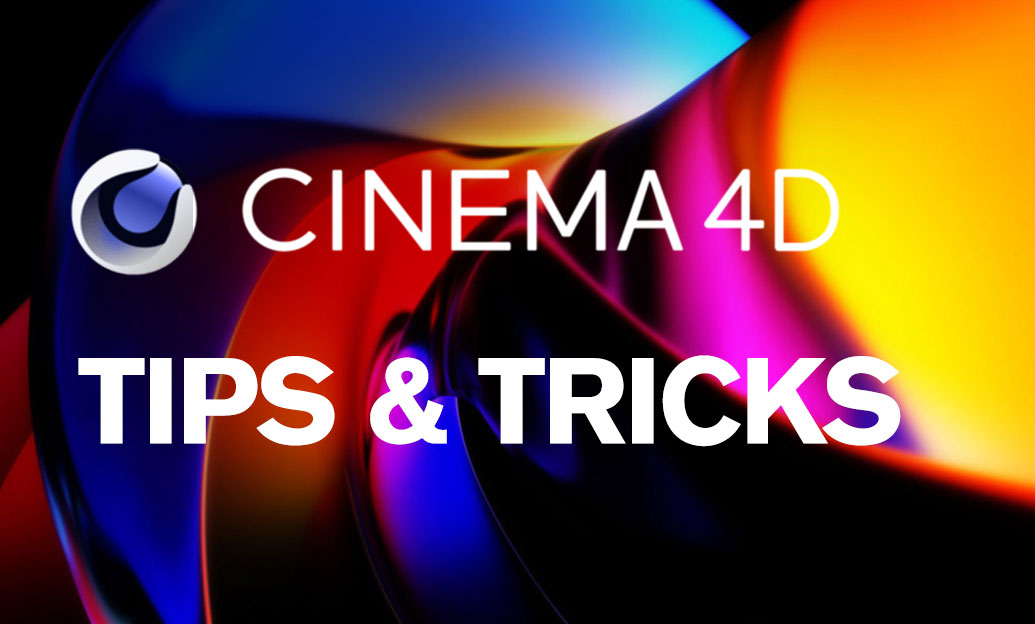Your Cart is Empty
Using V-Ray Sun and Sky for Realistic Lighting
Among the many powerful features V-Ray offers, the V-Ray Sun and Sky system stands out as an essential tool for achieving realistic lighting in your renders. Here’s a concise guide to help you make the most out of these features:
- Understanding the System: The V-Ray Sun and Sky system is designed to simulate the real-world behavior of sunlight and sky illumination. It’s especially useful for exterior scenes where natural lighting is required.
- Setting Up: To add a V-Ray Sun, simply go to the light sources panel and select V-Ray Sun. Place it in your scene and adjust its position to match your desired sun angle.
- Linking the Sky: Once the V-Ray Sun is added, V-Ray Sky is automatically linked to it, ensuring consistent lighting. If not, you can manually add a V-Ray Sky texture to your environment map.
- Adjusting Time of Day: You can control the sun’s position by adjusting the sun node or using the Sun Positioner tool. This lets you simulate different times of the day, allowing for dynamic lighting scenarios.
-
Fine-Tuning Settings:
- Intensity Multiplier: Controls the brightness of the sun. Lower this value for softer lighting or increase it for more dramatic effects.
- Size Multiplier: Affects the sun’s size and the softness of the shadows. A larger value results in softer shadows.
- Ozone: Adjusts the color of the sky. Higher values give a bluer sky, while lower values result in a warmer tone.
- Using HDRI with Sun and Sky: For even more control, combine V-Ray Sun with an HDRI map for the sky. This provides more realistic reflections and a higher level of detail in your lighting.
For more detailed instructions and additional tips, be sure to check out resources from NOVEDGE. They offer comprehensive guides and support to help you get the most out of V-Ray.
By integrating V-Ray Sun and Sky into your workflow, you can achieve stunningly realistic renders with natural lighting, enhancing the overall quality and believability of your scenes. Happy rendering!






